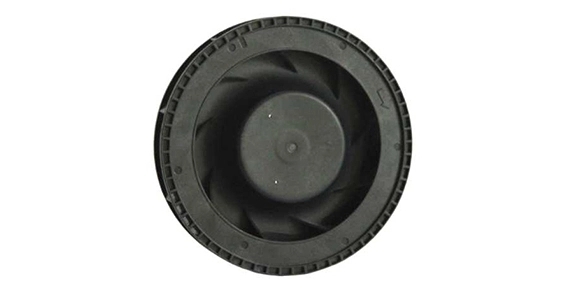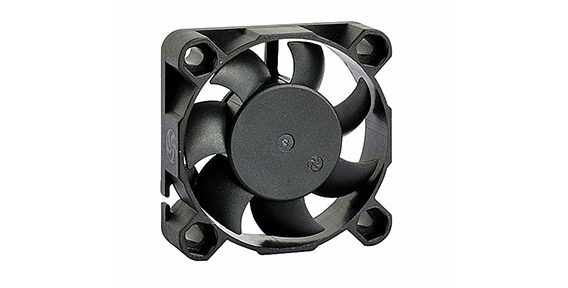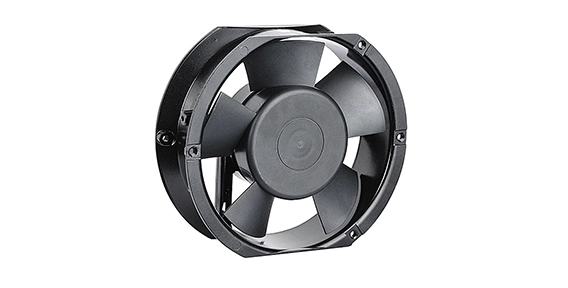Introduction to Centrifugal Fans: Types and Applications
Centrifugal fans are essential components in various industries, including HVAC systems, power plants, manufacturing facilities, and ventilation systems. These fans are designed to move air or gases in a perpendicular direction to the axis of rotation, making them highly effective in applications where air movement is required.
There are several types of centrifugal fans, each with its own unique characteristics. Forward-curved blades, backward-inclined blades, backward-curved blades, and radial blades are the most common types used in industrial applications. Each type of fan is suitable for specific requirements, such as high or low airflow rates, different pressure ranges, and varying levels of noise tolerance.
Understanding Diverse Customer Needs in the Centrifugal Fan Industry
In the centrifugal fan industry, it is crucial for manufacturers to understand the diverse needs of their customers. Every industry and application have unique requirements, and catering to these needs ensures customer satisfaction and the success of the fan factory.
Industrial companies require fans that meet specific requirements such as high efficiency, durability, low noise levels, and compliance with safety regulations. HVAC systems demand fans that provide adequate airflow, maintain temperature control, and ensure energy efficiency. Power plants need fans that can handle high temperatures, corrosive environments, and deliver reliable performance.
Manufacturing facilities often require custom-designed fans to fit limited spaces and unique operating conditions. Ventilation systems in commercial buildings and residential complexes depend on fans that provide proper air circulation, low energy consumption, and minimal noise levels.

Design Considerations for Meeting Diverse Needs in Centrifugal Fan Manufacturing
To meet the diverse needs of customers in the centrifugal fan industry, manufacturers like Xie Heng Da focus on the following design considerations:
Efficiency: Energy efficiency is a critical factor in modern fan design. Manufacturers employ advanced technologies, such as improved blade designs, precisely engineered impellers, and aerodynamic analysis, to ensure maximum efficiency and reduced power consumption.
Reliability and Durability: Industrial applications demand fans that can withstand harsh conditions, such as high temperatures, corrosive gases, and heavy-duty operations. Fan factories ensure the use of high-quality materials and robust construction techniques to ensure long-lasting performance.
Noise Reduction: Noise levels can significantly impact the comfort and safety of an environment. Centrifugal fan factories employ noise reduction techniques, such as acoustic lining, vibration isolation, and aerodynamic enhancements, to minimize noise and vibration levels.
Customization: Each industry and application may require specific fan designs based on space limitations, airflow requirements, and operating conditions. Fan factories offer customization options to meet these unique needs, ensuring optimal performance and efficiency.
Compliance and Safety: Industrial fans must adhere to regulatory standards and safety guidelines. Fan manufacturers ensure that their products meet these requirements, including fire safety regulations, hazardous areas classifications, and explosion-proof design considerations.
Centrifugal Fan: Industrial Axial Fans
One type of centrifugal fan widely used in various industries is the industrial axial fan. This fan type is specifically designed to move large volumes of air or gas and is commonly used in ventilation systems, cooling applications, and heat exchangers.
Industrial axial fans are known for their high airflow capacity and low-pressure capability, making them ideal for applications that require efficient ventilation and cooling. They are compact in size, making them suitable for installations with limited space.
In conclusion, the centrifugal fan industry is continually evolving to meet the diverse needs of various industries. By understanding customer requirements, implementing efficient and reliable designs, and offering customization options, centrifugal fan factories can deliver fans that cater to specific applications. Whether it is a centrifugal fan or an industrial axial fan, manufacturers strive to ensure the highest efficiency, durability, and compliance with safety standards.


 EN
EN 

 +
+
 +
+
 +
+



